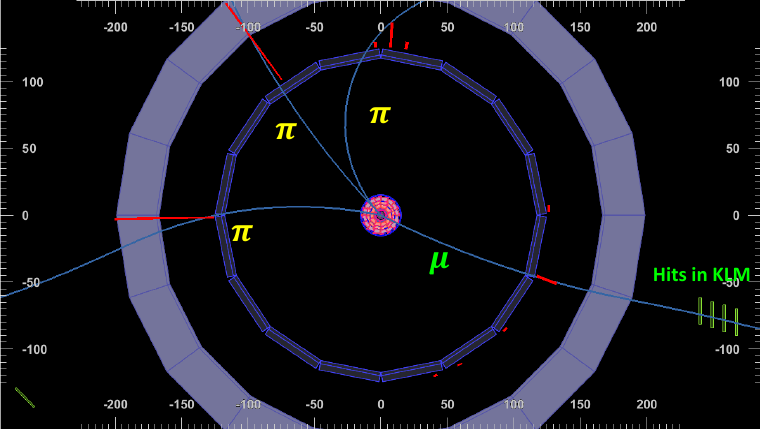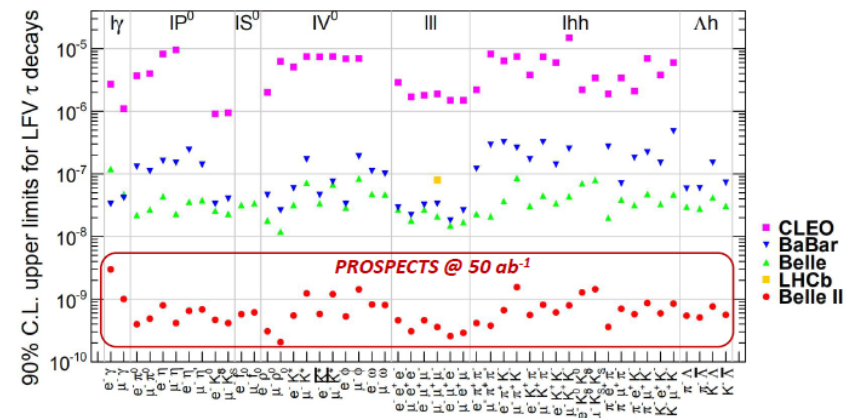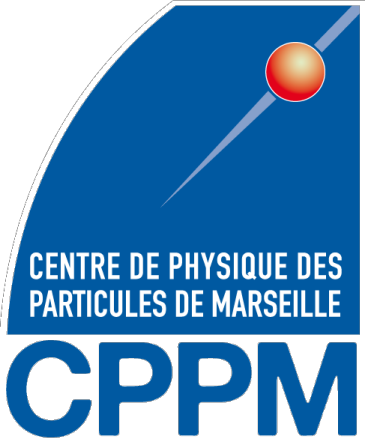Search for Lepton Flavor Violating 𝜏-decays
With a large cross section of the pairwise 𝜏 lepton production, Belle II aims to reduce the upper limit on LFV and LNV 𝜏 decays by orders of magnitude from its predecessors.

Individual lepton flavours (and total lepton number) are strictly conserved in the SM. The observation of neutrino oscillations constitute evidence of lepton flavour violation in the neutral lepton sector and suggests that the SM should be extended to account for non-massless neutrinos and their mixing. Additionally, the lepton flavour symmetries are accidental in the SM and there is no reason why physics beyond the SM (BSM) should conserve lepton flavour. Charged lepton flavour violating (LFV) decays have thus been searched for since several decades. The presence of neutrino mixing makes their branching fractions non zero within the SM, but there are still tens of orders of magnitude below the current experimental sensitivity (\(<\mathcal{O}(10^{-40})\)). The observation of LFV decays would therefore be an unquestionable proof of physics beyond the SM.
As 𝜏 leptons are much heavier than muons and electrons, they can give access to a large variety of LFV processes, meaning purely leptonic ones as τ → ℓℓℓ (ℓ being an electron or a muon), τ → µ/eγ or semileptonic processes τ → ℓh(h) where h is a hadronic system. The most stringent bounds on 𝜏 LFV decays are at the level of 10\(^{-8}\), as seen on Fig. 1. The best limits have been set by the flavour factory experiments Belle and Babar using 𝜏 pairs produced in e+e- collisions, corresponding to a statistics between 401 fb\(^{-1}\) and 854 fb\(^{-1}\). With its final dataset, Belle II will be able to improve these limits by about 2 orders of magnitude.

The NEPAL team is focusing on several decays, such as τ → ℓhh, τ → ℓℓℓ and τ → ℓKs. Previous analyses are being improved by the use of machine learning techniques and additional tagging modes.




